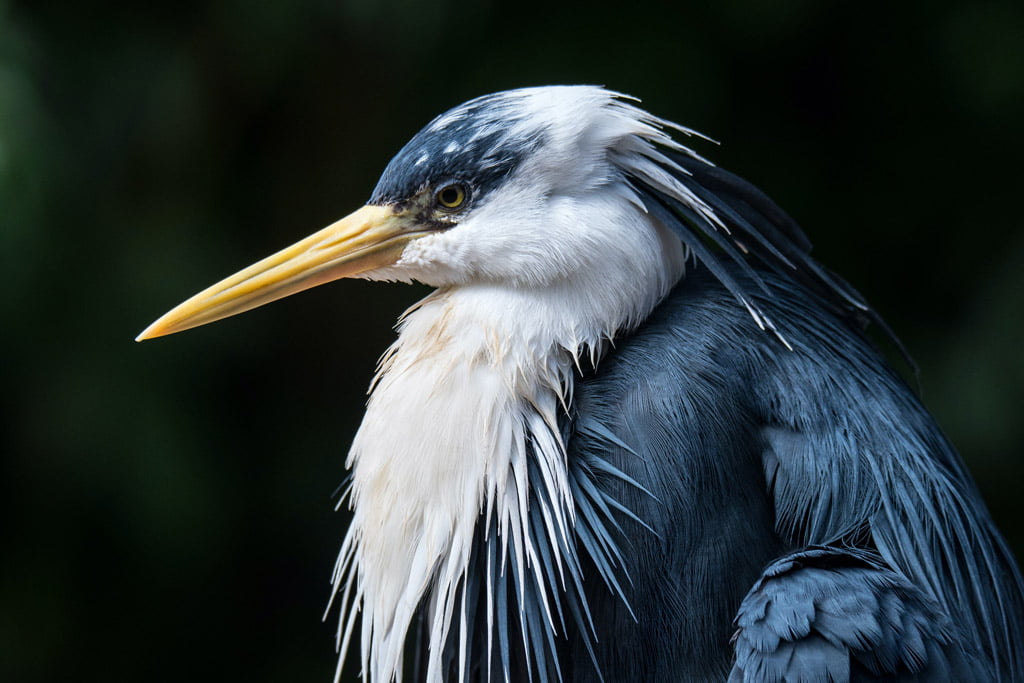Wheatley Watersource is an innovative software solution to help local environments trade and share water sustainably.
It is free to use by all those interested in sharing and trading water, both from abstraction and from storage reservoirs. Developed by Wheatley Solutions this software is a potential solution to a challenge that the water industry faces on a national scale.
Wheatley Watersource allows the communication necessary to broker and track the trade or sharing of water between water abstraction licence holders and others interested in an alternative source of water e.g. golf courses. Users can advertise the need for water or the availability of surplus water, using a map to show geographic proximity and provide automated alerts to other users of new activity relevant to them. Working with the Environment Agency a set of rules have been approved to provide an immediate assessment of a trade opportunity. To help identify if sharing can take place without the need for a variation in abstraction licence or referral to the Environment Agency, a concept has been developed referred to as a ‘fast trade’. For this pilot project the Environment Agency have also agreed to accept pre-applications for variations in licence through the platform, Wheatley Watersource collects the information required by the Environment Agency and sends to the Permitting Office. Information on individual trade / sharing events is kept confidential and only accessible by the donor and recipient.
Non-licenced water users (e.g. golf courses, garden centres etc) interested in exploring alternative, more environmentally friendly, low-cost sources for water are also encouraged to register free of charge, as registered users will receive automatic notifications of any water needs or offers in their area.
This pilot project was launched in December 2020, initially in part of the East Suffolk catchment area with the aim to prove that a water sharing and trading platform can work before becoming a commercial product. In March 2021, this pilot project was expanded to cover most of East Anglia.
Water abstraction licence holders in the expanded pilot area can register on this free to use platform: https://www.wheatleywatersource.co.uk
Wheatley Watersource has received support from the Environment Agency, Defra, Essex & Suffolk Water, Anglian Water, Water Resources East, regional groups, abstractors and wildlife organisations.
The Wheatley Watersource platform also provides access to Anglian Water, Essex & Suffolk Water, Northumbrian Water and Yorkshire Water regulatory ‘Market Information,’ showing each water company’s Water Resource Zones (WRZ), the 25 year forecast for supply versus demand forecast. This gives third parties the opportunity to direct an enquiry or offer of assistance to the relevant water company (including offering to trade water or water rights).
More information can be found on the Wheatley website: https://www.wheatleysolutions.co.uk/products/wheatley-watersource/

